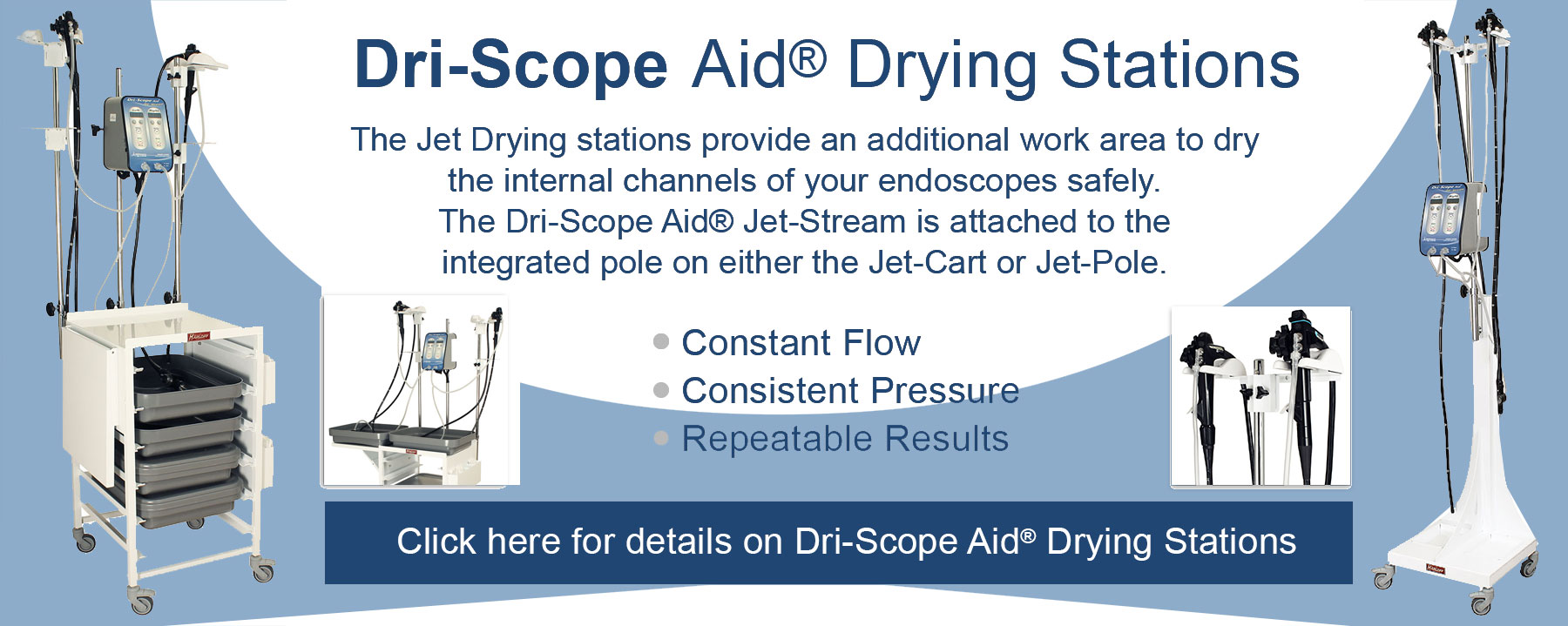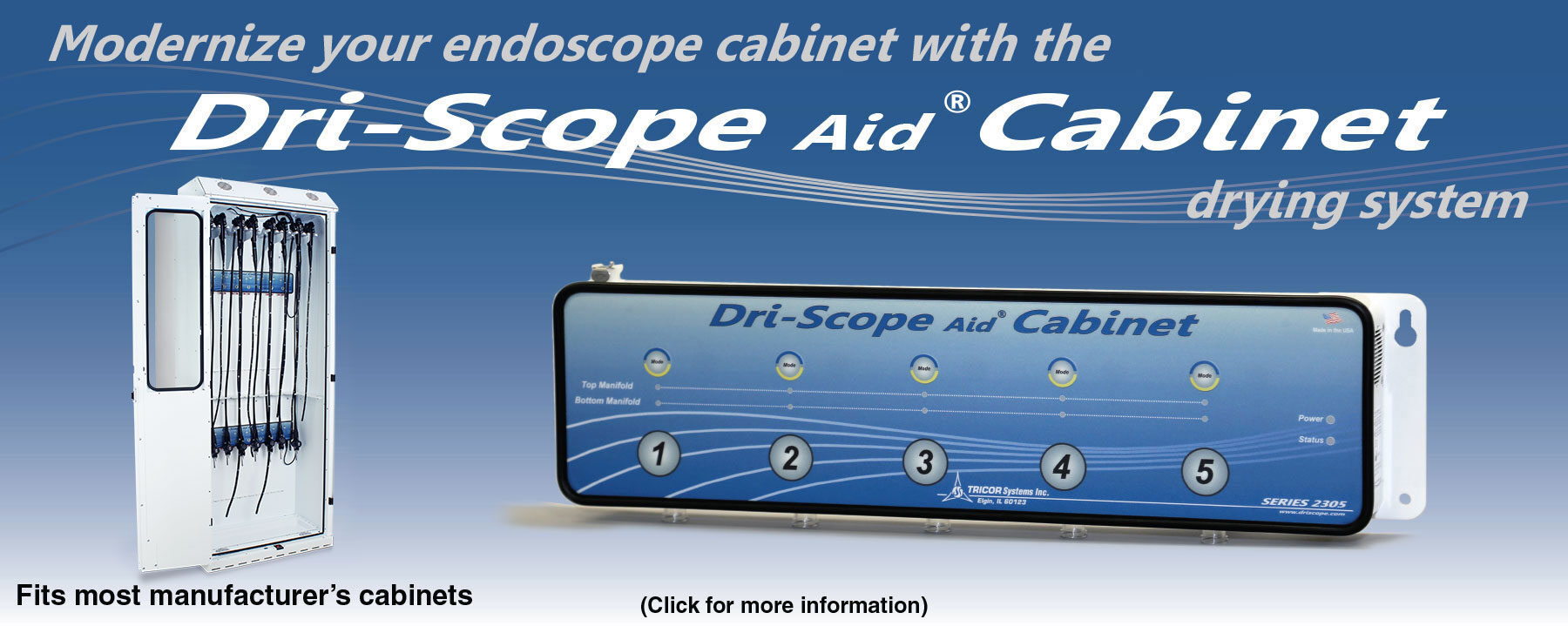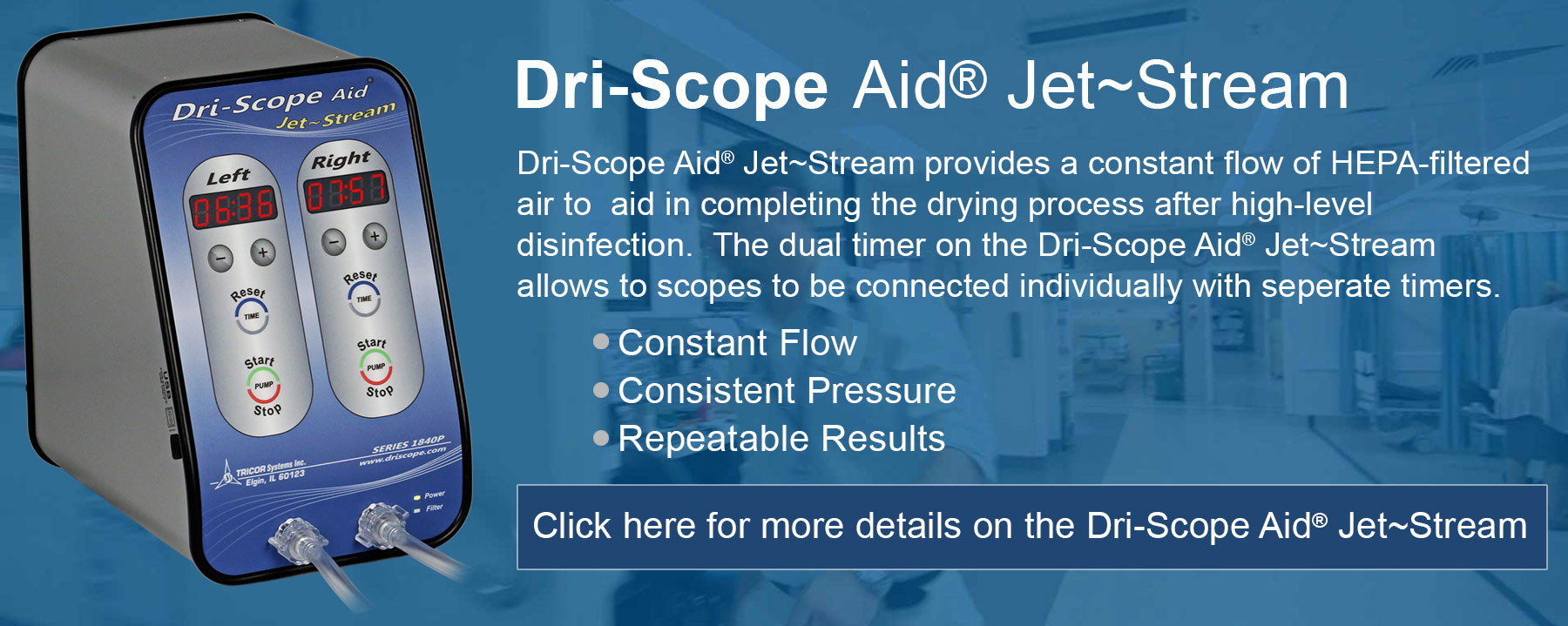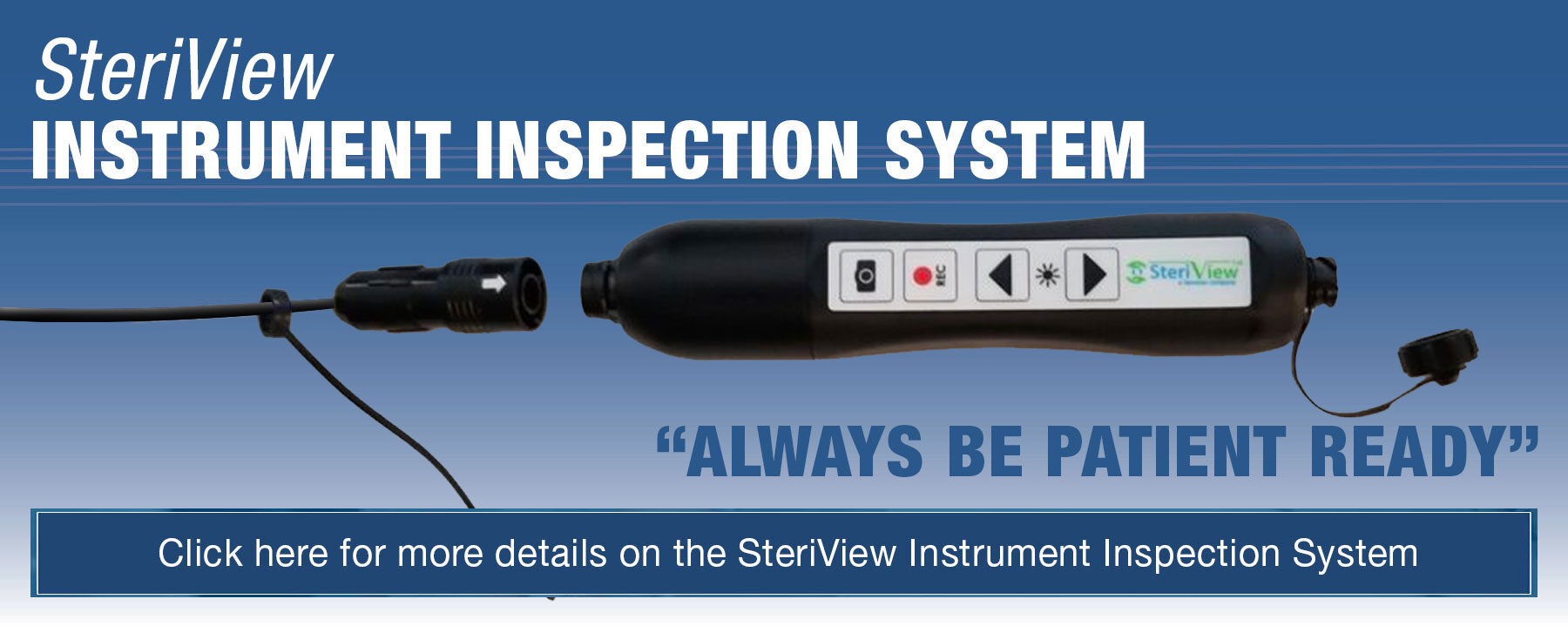NEW Dri-Scope Aid® TRACKER
The Ultimate Drying Experience
Discover the Dri-Scope Aid Drying Difference
Dri-Scope Aid® TRACKER offers the next-generation cabinet drying solution. The system has visual drying status indicators, hang-time monitoring, control of the drying process, system maintenance information, customized drying parameters for individual endoscopes, and data monitoring, with an easy-to-access touch screen on the front of the cabinet.
- Software Assisted Scope Tracking
- Visual Display to Monitor Drying and Storage Time
- Hang Time Monitoring & Expiration Notifications
- Individual Scope Drying History
- Long Term Storage of Drying History
The Dri-Scope Aid® Cabinet supplies HEPA-filtered air to all internal channels to aid in drying endoscopes with an automated drying cycle for improved turn-around time, and a continuous venting cycle for overnight storage. Available on new cabinet orders.
![]()
Dri-Scope Aid® Cabinet
ANSI/AAMI ST91:2021 states that-The endoscope and its components should be dried after completion of the cleaning and disinfection process. Flexible endoscopes with channels should be dried for a minimum of 10-minutes with pressure-regulated forced instrument air or a minimum of HEPA-filtered air (Ofstead, 2018; Barakat, 2018; Perumpail, 2019; Alfa, 1991).
- Constant Flow
- Consistent Pressure
- Repeatable Results
The Dri-Scope Aid® Cabinet supplies either HEPA-filtered air or instrument air to all internal channels to aid in drying endoscopes with an automated drying cycle for improved turn-around time, and a continuous venting cycle for overnight storage. The Dri-Scope Aid® Cabinet converts your scope cabinet into a complete drying system.
Read More about the Dri-Scope Aid® Cabinet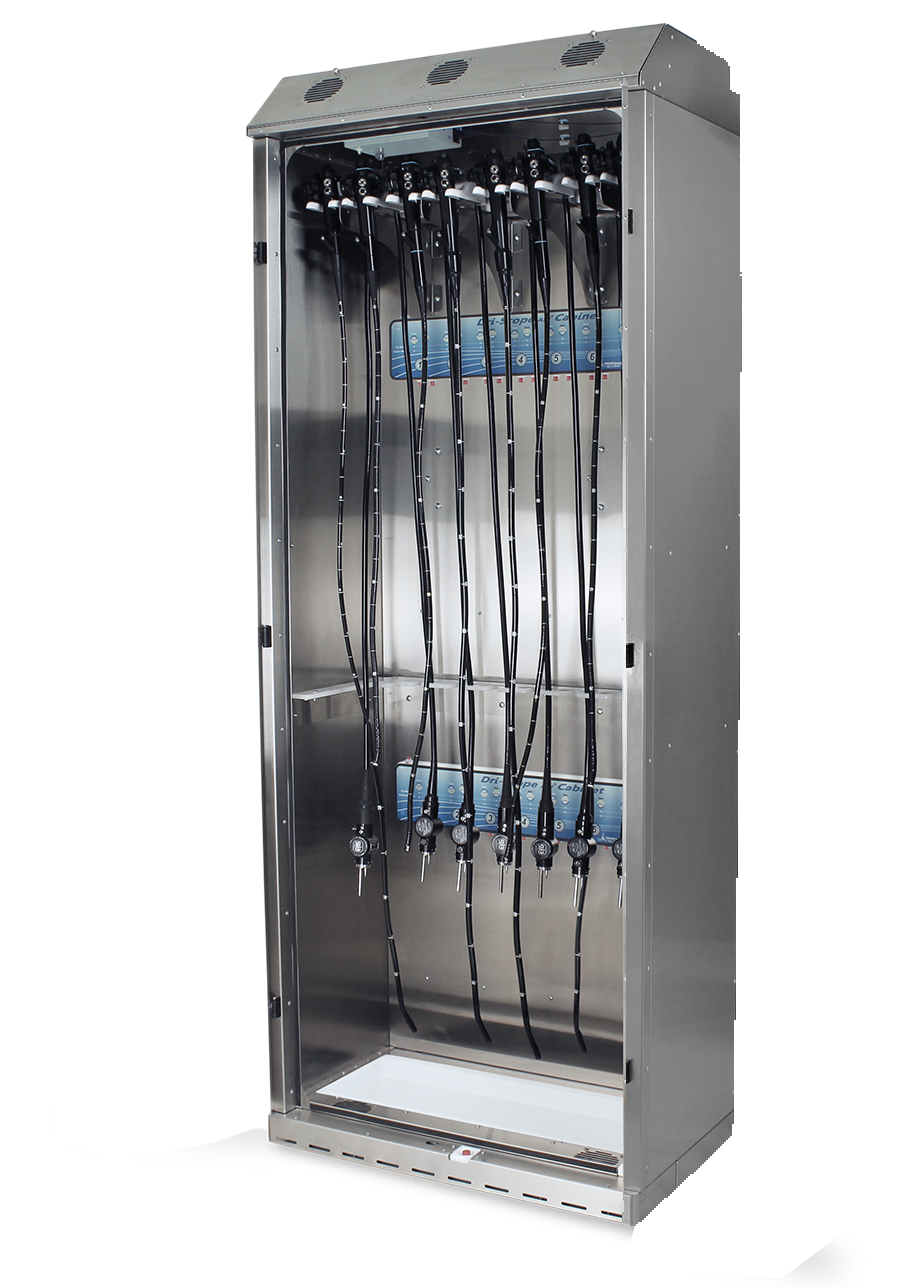
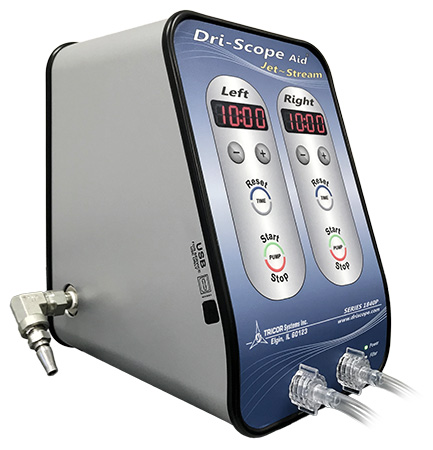
Dri-Scope Aid® Jet~Stream
The Dri-Scope Aid® Jet~Stream is available in two models. The model 1840P acts as a standalone unit where the internal pump provides HEPA-filtered air with constant flow and consistent pressure with repeatable results. The model 1840R is ideal for users that wish to use medical or instrument air.
The Dri-Scope Aid® Jet~Stream simultaneously supplies 0.1 micron HEPA-filtered air to all channels to aid in drying endoscopes. The dual displays increase efficiency by allowing two endoscopes to be connected individually with separate timers.
Recent updated societal guidelines now state that drying the interior of an endoscope should use a sufficiently prolonged flow of medical air through all accessible channels, ideally simultaneously and for at least 10 minutes, for greatest efficiency.
Read more about Dri-Scope Aid® Jet~StreamNEW Dri-Scope Aid® Drying Stations
The Jet Drying stations provide an additional work area to dry the internal channels of your endoscopes safely. The Dri-Scope Aid® Jet-Stream is attached to the integrated pole on either the Jet-Cart or Jet-Pole. The Dri-Scope® Aid Jet-Stream provides HEPA-filtered or Instrument air to all the internal channels of an endoscope after reprocessing. The Jet-Stream (sold separately) can dry up to two scopes simultaneously.
- Constant Flow
- Consistent Pressure
- Repeatable Results
The Jet-Cart is designed to hold up to six scope trays. The Jet-Cart comes equipped with a drop shelf that adds additional work area, making it capable of holding up to two trays for channel drying when fully extended. It also has eight side pockets for holding the disposable connectors that attach to each of the endoscope’s channels
Read more about Dri-Scope Aid® Drying Stations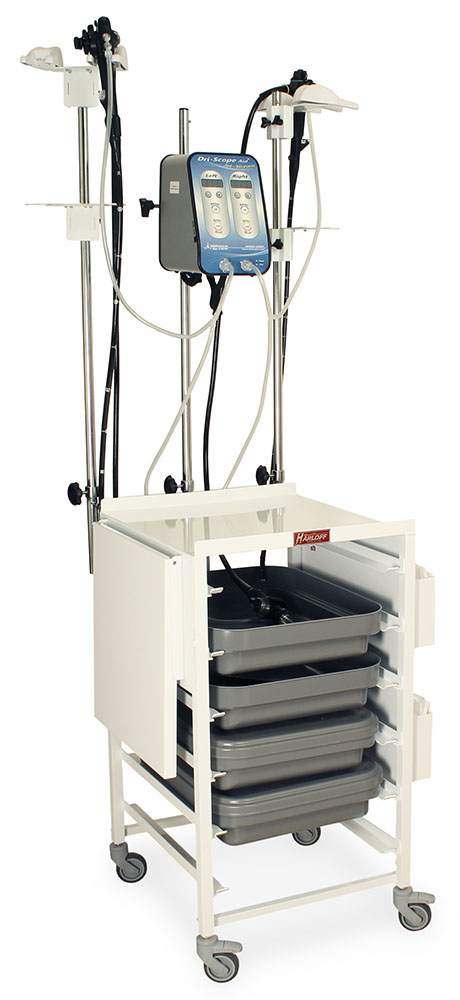
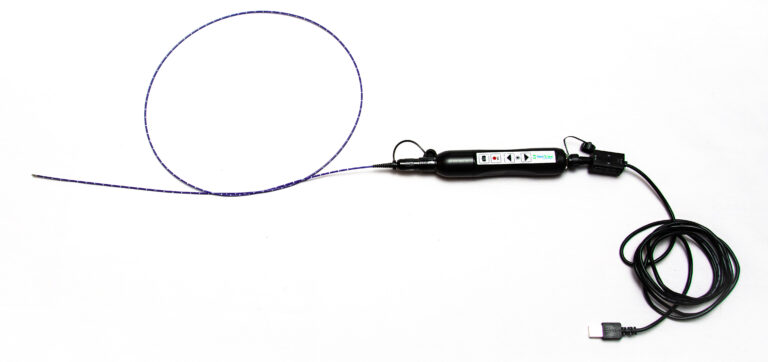
SteriView Instrument Inspection System
SteriView is the next generation of advanced small diameter, near field inspection scopes designed to provide ready access to and imaging of the interior chambers, lumens and working channels of endoscopes and surgical instruments.
According to the SGNA Standards of Infection Prevention in Reprocessing Flexible Gastrointestinal Endoscopes 2018 Visual inspection is an essential step to make sure the endoscope is visibly clean (AAMI, 2015; Rutala et al., 2008). According to Peterson (2017), all endoscopes and reusable accessories should be visually inspected during all stages of handling and reprocessing – before, during, and after use, in addition to during and after cleaning and before HLD. Visual inspection is not a guarantee that decontamination from manual cleaning is complete, but it can be considered a safety stop or “time out” to ensure the endoscope is visually clean before proceeding to the next step of HLD.
Read more about SteriView Instrument Inspection SystemThree Rivers Pittsburgh APIC Chapter Spring Conference
Carpenters Pittsburgh Training Center 652 Ridge Rd, Pittsburgh, PA, United StatesCome visit us to learn about all our scope drying options.
2024 HSPA Conference
Caesars Forum 3911 S Koval Ln, Las Vegas, NV, United StatesVisit us at Booth #939 to see all of our Dri-Scope products. #HSPA #MyHSPA
Midwest SGNA Educational Conference
Mary Greeley Medical Center 1111 Duff Ave, Ames, IA, United StatesCome visit us to learn about all our scope drying options.
51st Annual SGNA
Kentucky International Convention Center 221 S. 4th St, Louisville, KY, United StatesVisit us at Booth #103 to see all of our Dri-Scope products. #SGNAAC2024
2024 APIC Annual Conference
Henry B. Gonzalez Convention Center 900 E Market Street, San Antonio, TX, United StatesVisit us at Booth #1151 to see all of our Dri-Scope products. #APIC24
